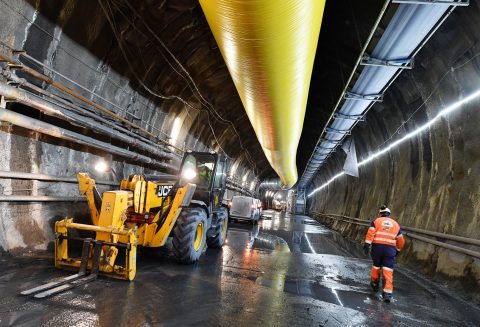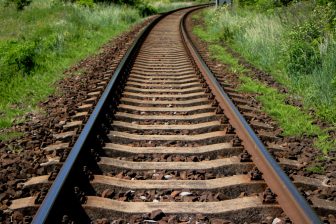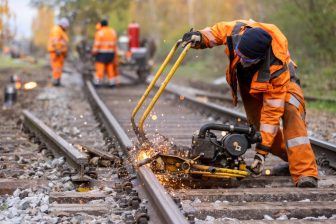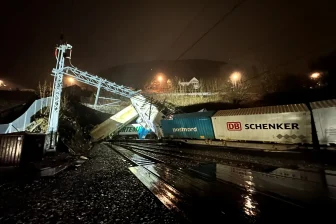
New cross-border Lyon-Turin railway tunnel receives French critique
Over 150 French public personalities have signed a letter asking to stop the construction of the Turin-Lyon railway tunnel and redirect the investments toward exiting trains and routes. The letter was published in Reporterre, an independent French media outlet, on 20 December. The signatories include the mayors of Lyon and Grenoble, as well as Members of the European Parliament.
Want to read more?
You have read all of your free premium articles for this month. Please become a subscriber to keep reading.
Subscribe now!
Take advantage of our exclusive offer to get full access to all premium content.



